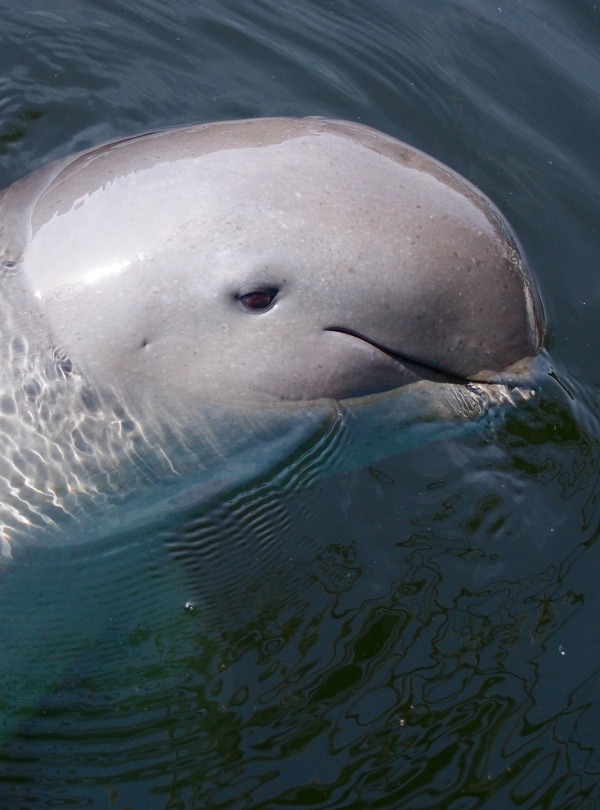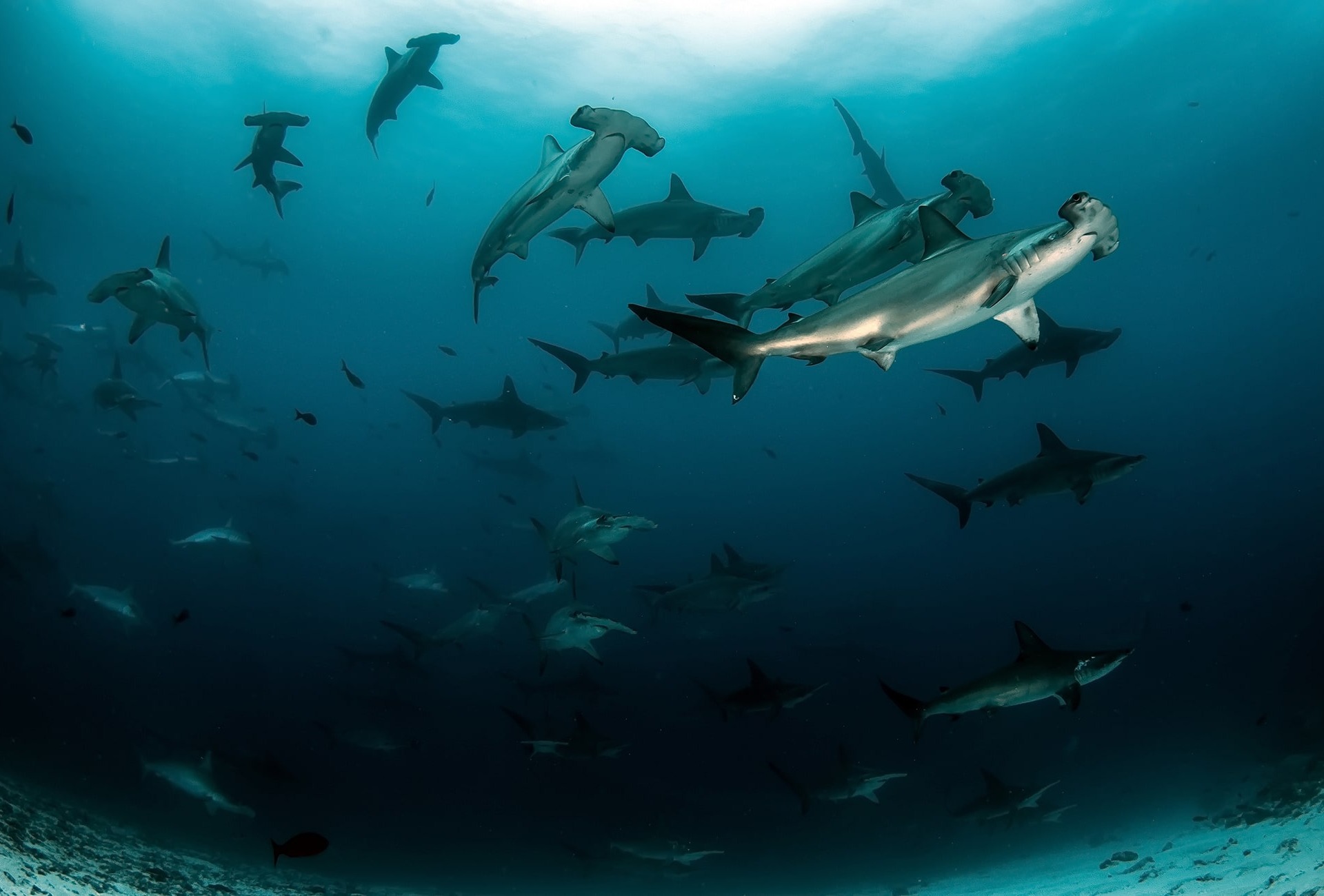
Stop Unsustainable Fishing in Philippine Coral Reefs and Mangrove Forests
Support More Work Like ThisSupport More Work Like ThisOverfishing, poaching and destructive harvesting practices threaten marine life and their unprotected habitat surrounding Southern Palawan Island in the Philippines.
-
Species at Risk
Hawksbill Turtle (CR), Oceanic Whitetip Shark (CR), Bowmouth Guitarfish (CR), Broadnose Wedgefish (CR), Scalloped Hammerhead (CR), Green Sawfish (CR)
-
Carbon stored
N/A for MPAs*
*(metric tons of CO2 equivalents) -
Partner
Rare
-
3,273,085 Proposed Acres Conserved by
Designation
-
Project Cost: $3,161,959
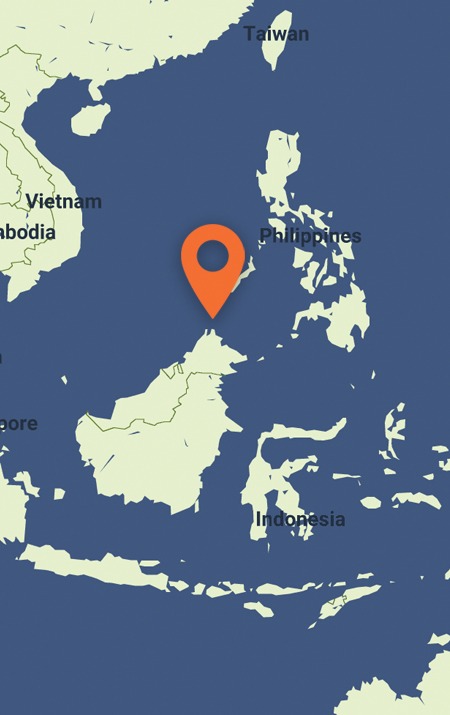
3,273,085
Overfishing, poaching and destructive harvesting practices threaten marine life and their unprotected habitat surrounding Southern Palawan Island in the Philippines.
-
Species at Risk
Hawksbill Turtle (CR), Oceanic Whitetip Shark (CR), Bowmouth Guitarfish (CR), Broadnose Wedgefish (CR), Scalloped Hammerhead (CR), Green Sawfish (CR)
-
Carbon stored
N/A for MPAs*
*(metric tons of CO2 equivalents) -
Partner
Rare
-
3,273,085 Proposed Acres Conserved by
Designation
-
Project Cost: £2,613,189

3,273,085
Did you know?
Species of coral are located within the Philippine Coral Triangle
Critically Endangered Hawksbill Turtles, Scalloped Hammerheads, Oceanic Whitetip Sharks and numerous other marine life that rely on Southern Palawan waters are in grave danger.
Despite the vital biological richness of this region, there are few formally protected marine areas. Coastal waters and shoreline habitat are plagued by overfishing, the illegal wildlife trade and destructive fishing practices such as using dynamite to harvest a greater volume of fish.
Rainforest Trust and our partner, Rare, are working to support the creation of 3,273,085 acres of marine protected areas in Southern Palawan to end unsustainable fishing and poaching and protect threatened species.
Header photo: A school of Scalloped Hammerheads, by Tomas Kotouc
Explore Palawan Island’s Marine and Terrestrial Biodiversity
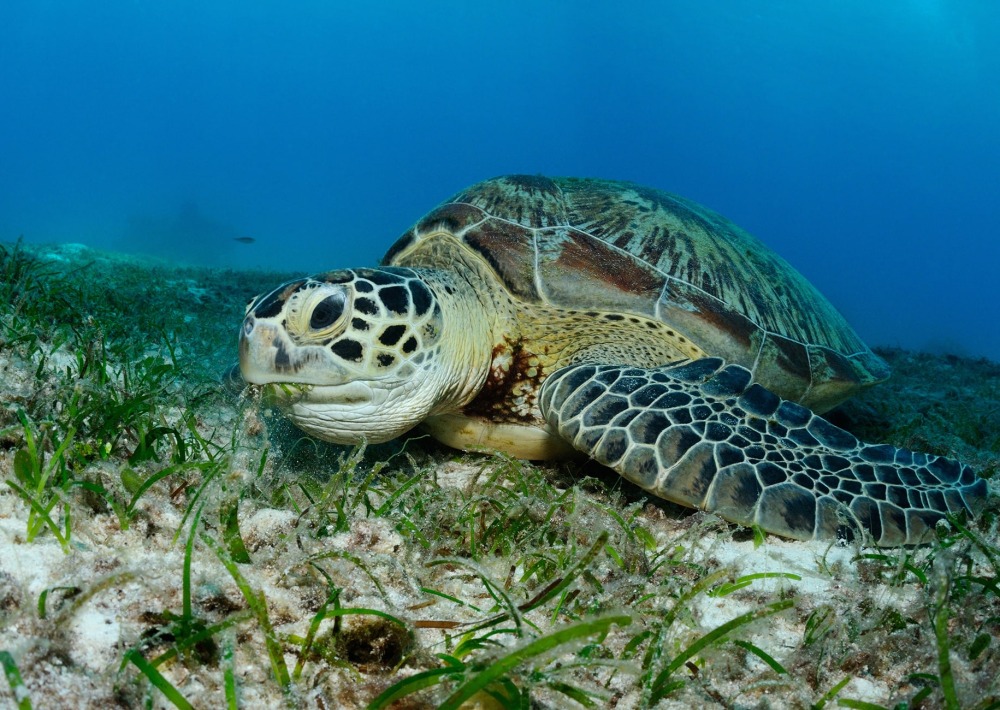
Green Turtle, by Oksana Golubeva
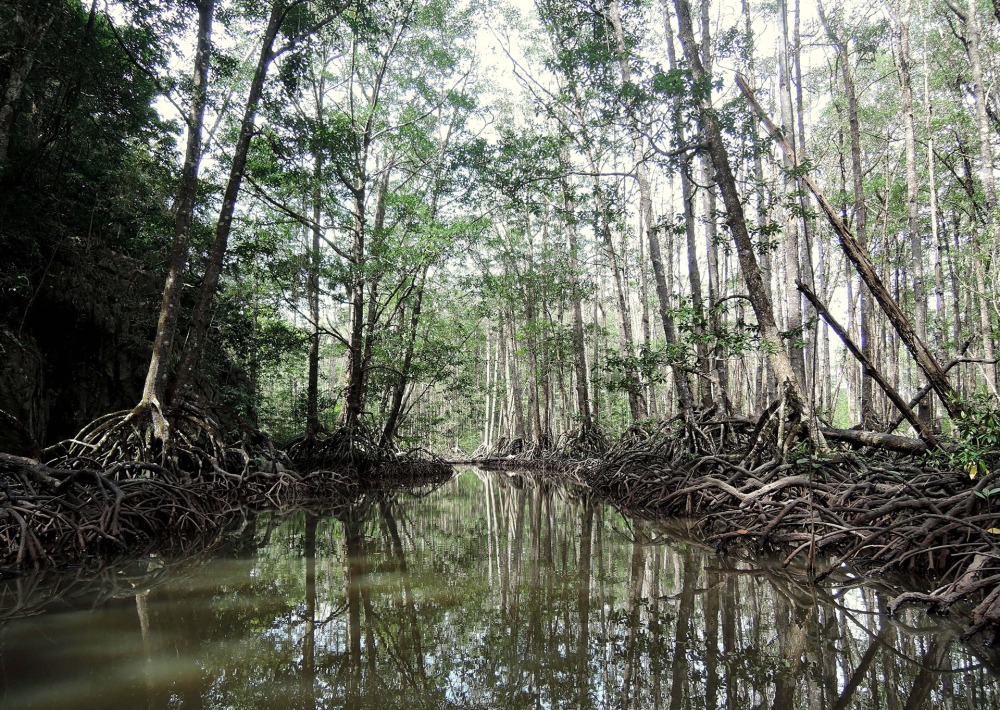
Mangrove Forest on the island of Palawan, Philippines, by Andreja
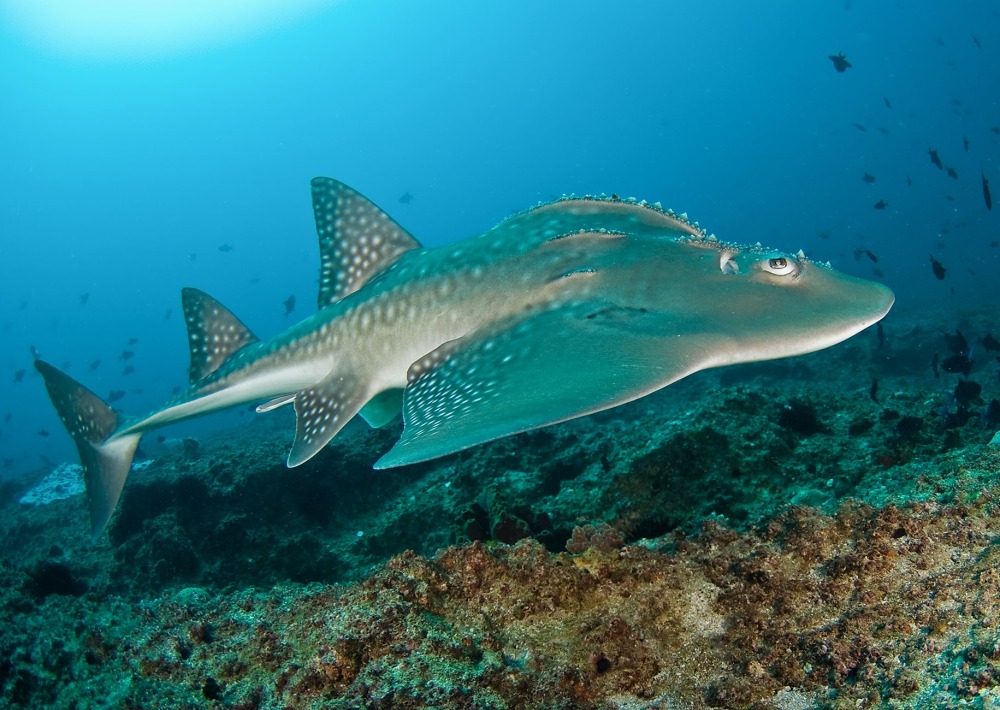
Bowmouth Guitarfish, by Tomas Kotouc
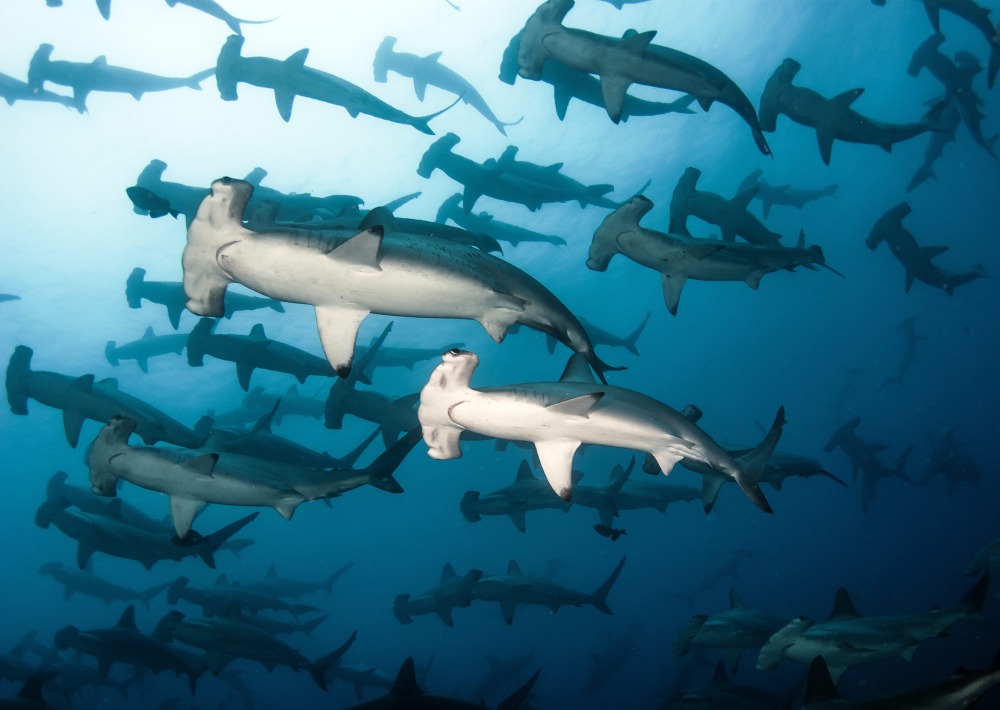
School of Scalloped Hammerheads, by Tomas Kotouc
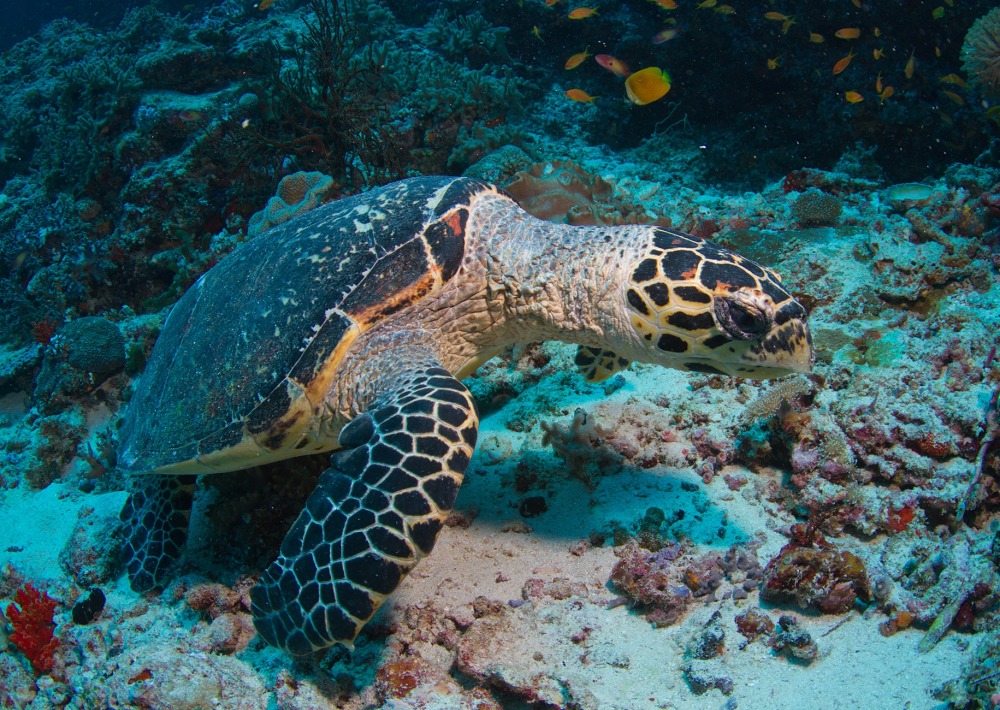
Hawksbill Turtle, by Tchami
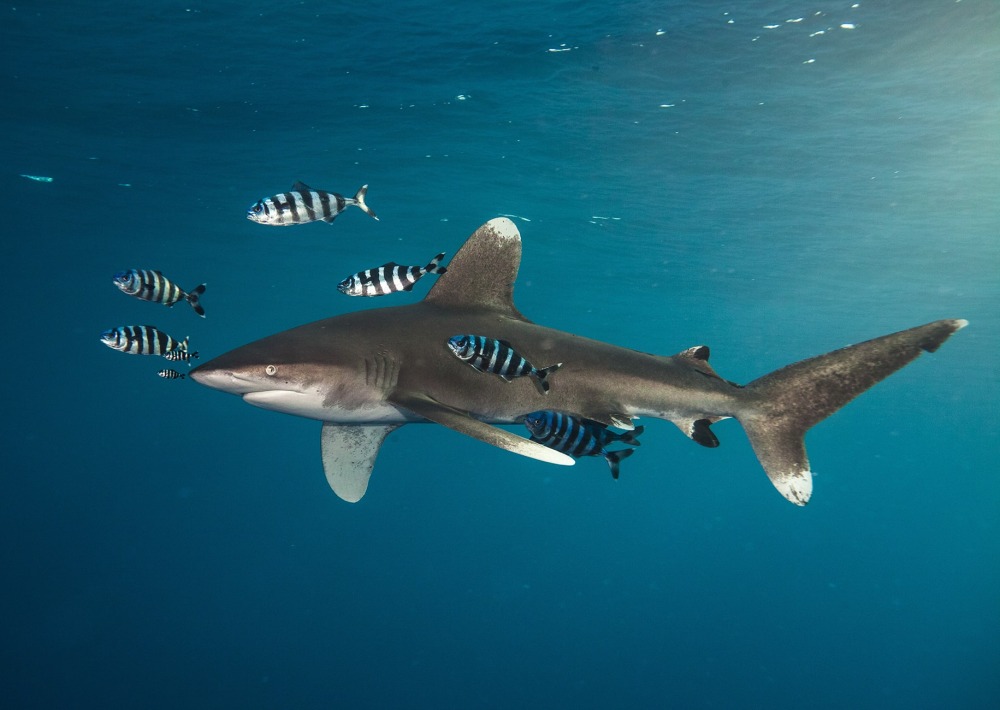
Oceanic Whitetip Shark, by Martin Hristov
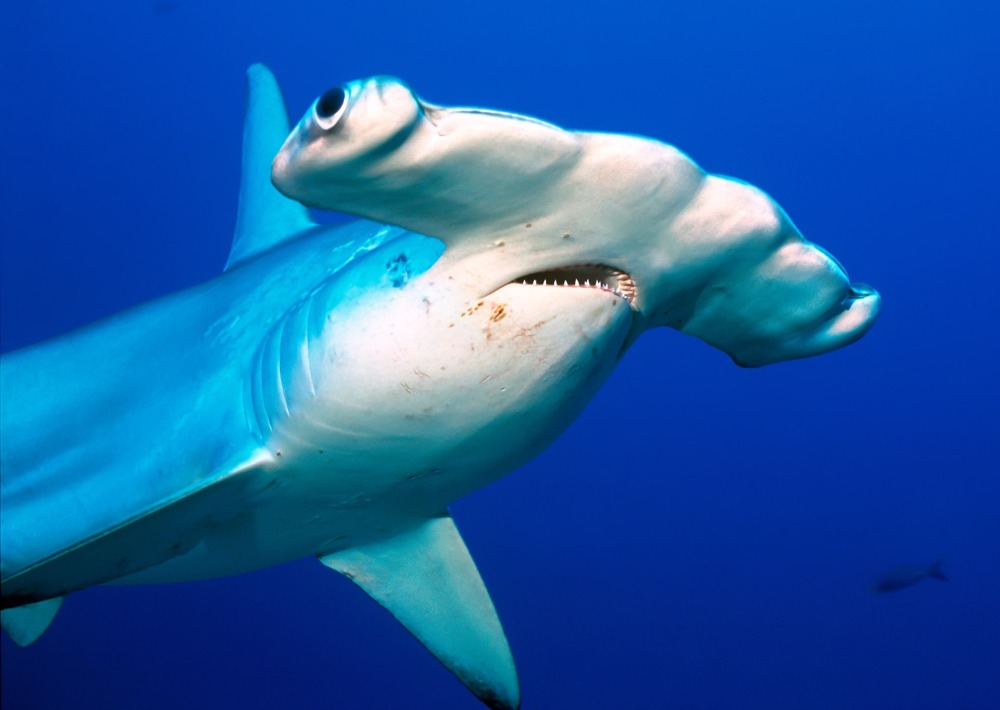
Scalloped Hammerhead, by Joe Dordo Brnobic
Save This Biodiverse Haven in the Coral Triangle
The Philippine Islands are located within the Coral Triangle, which is considered the most important place in the world for coral reefs and marine biodiversity. Its coastal and marine ecosystems include 379 species of coral, 13 species of seagrass meadow and 31 species of mangrove in 109,962 acres of mangrove forests, the highest remaining mangrove cover in the Philippines.
Ensure Healthy Fisheries for Millions of Filipinos
Fishing is one of the two main sources of livelihood for municipalities in Southern Palawan, the other being farming. The fisheries of Palawan are crucial to the Philippines—providing 60% of the fish consumed in the National Capital Region, also known as Metropolitan Manila. The new marine protected area of over 3.2 million acres will be regulated by managed access (no commercial trawling, no international fishing, restrictions on permitted gear). This project will protect 52,289 acres of mangroves and 275,554 acres of coral reefs, both critical habitat areas. At least 20% of these areas will be established as “no take” zones where fishing and all other marine activities are banned.
LEARN MORE ABOUT THIS PROJECT >
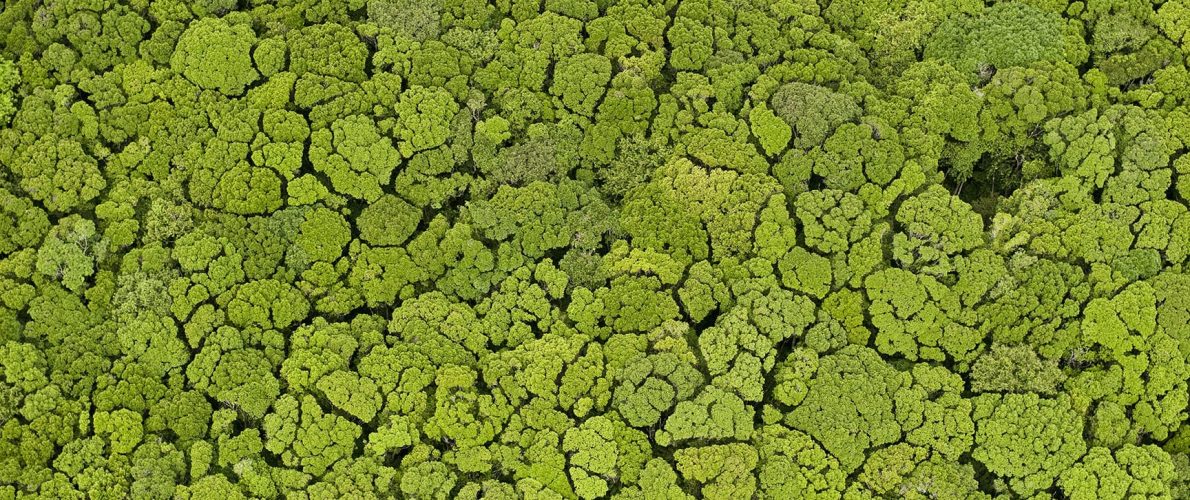
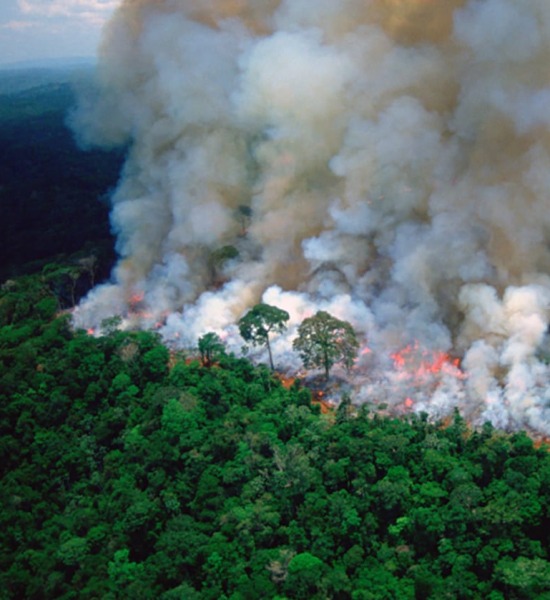
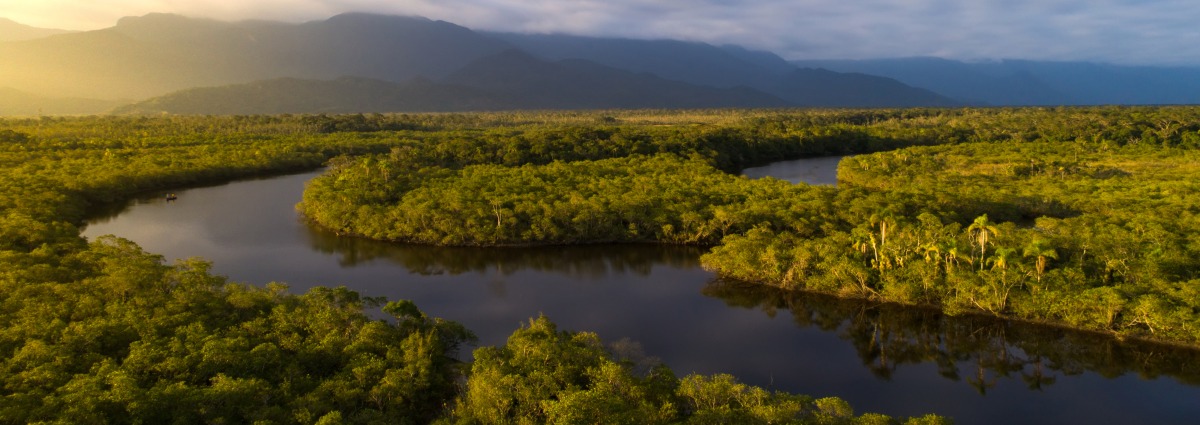
We Value Transparency.
Conservation work is critical, challenging, and can be costly. We work hard to ensure we raise only the funds needed for each project. In the rare case we raise more money than needed or a project comes in under budget, excess monies will be transferred to the Conservation Action Fund. This fund supports our important conservation work throughout the tropics.
Learn more about the Conservation Action FundLearn more about the Conservation Action Fund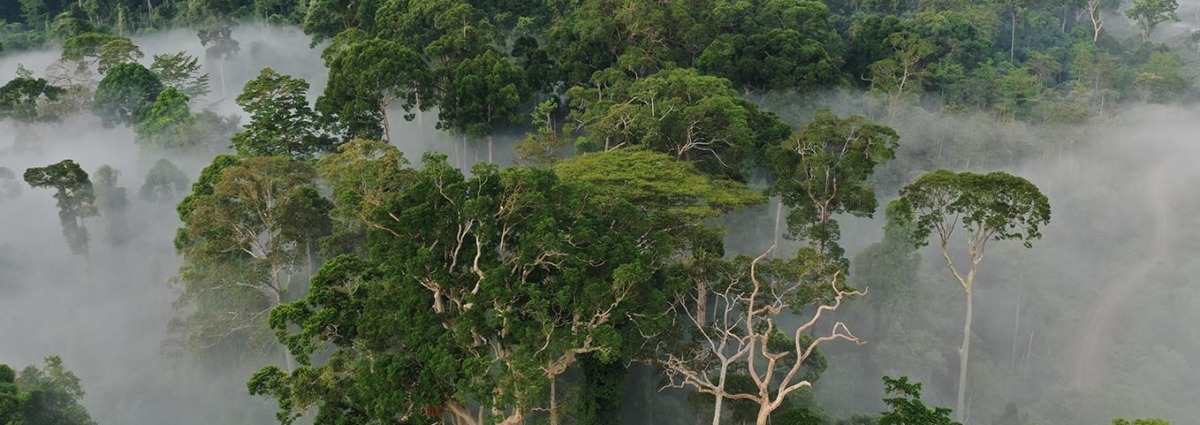
Partnering to Save Rainforest
Our partners’ ability to work with their governments and build strong connections with local communities ensures the successful implementation of our projects.
Learn More About This PartnerLearn More About This Partner
